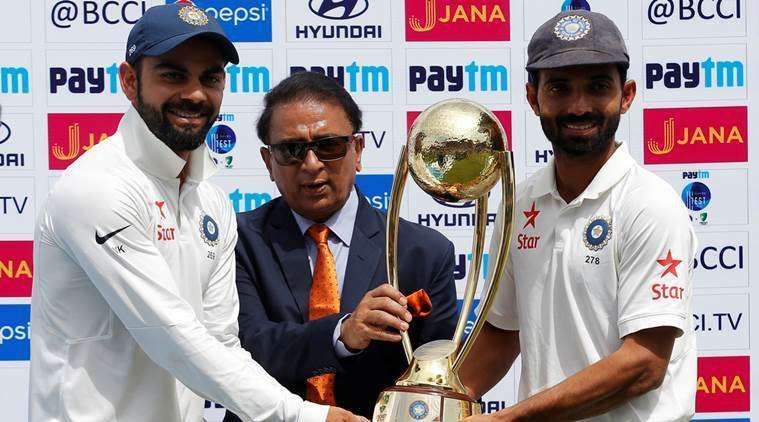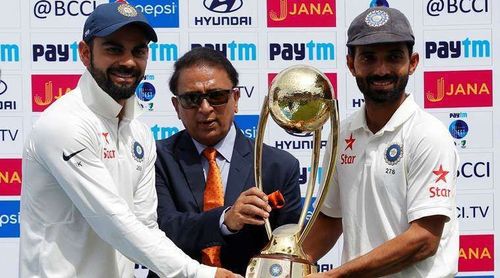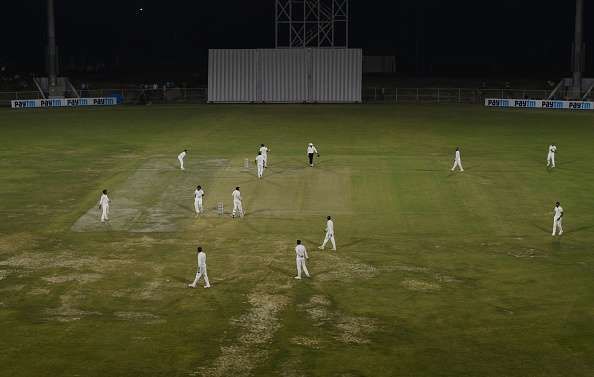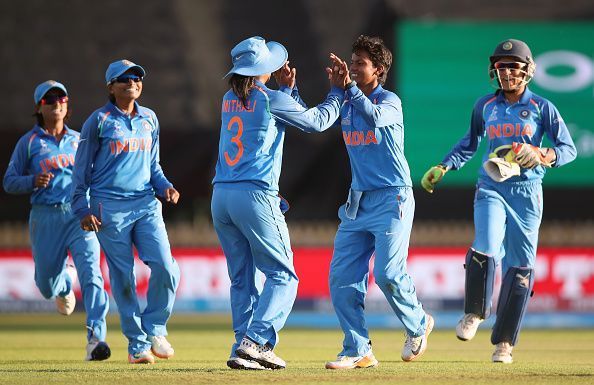
IPL Media Rights is all well and good, but what next for the BCCI?

For all the flak the Board of Control for Cricket in India (BCCI) has been receiving over the past 15 months owing to several administrative issues which have led to several diktats issued by the Supreme Court, one cannot help but admire the board for managing to bag the most lucrative media rights ever in the history of sports.
At a time when television audiences are waning, the BCCI not only breached the glass ceiling but smashed all the records into pieces when it managed to sell the much maligned, but much appreciated product in the Indian Premier League for a whopping sum of Rs 16,347.5 crores across five years. Now that Star India have managed to net this multi-million dollar project, television audiences will slowly awaken to the ever changing dynamics of broadcasting.
Star are now ruling the roost as far as Indian cricket is concerned; they now hold the monopoly over all International Cricket Council (ICC) events, from World Cups to the ICC World Twenty20, till 2023, and also own the rights for matches played in India till March 2018. To add the icing on the cake they now boast of the IPL till 2022.
As the cricketing world watched on with furrowed eyebrows and dropped jaws at the huge heaps of money which the BCCI managed to rake in, one cannot help but sit back and ask a few questions of the board. The primary amongst those will be the question revolving around how the BCCI now streamlines this amount to help cricket in the country.
Before we look towards the future, let us wait and decipher what has transpired in the past. In many ways, the past gives one a peek into the future. For the BCCI however, the past has been the benchmark, the future has remained an illusion.
The Indian players, the main engines which have led to such a revolution in the game have been receiving a percentage BCCI's revenues, which includes the sale of media and other rights to International cricket. However, there is one extended grey patch which now needs to be looked at. When this agreement saw the light of day, the IPL was not around and ever since 2008, the league has been kept out of the loop quite conveniently.
Hence, in many ways, the players are not receiving even a single penny from the media rights of the IPL, and this is where the BCCI must rectify its course. But will the BCCI blink and bring the players back into the fold is a question which has no certain answer, and if one has kept tabs on the Indian board, this status quo points towards a vehement no!
And then there is the issue of cricketing infrastructure in the country. Recently, when we visited the M. Chinnaswamy Stadium in Bangalore, the facilities in and around the media box were very impressive. Brett Lee, who was in the house for his stint with the host broadcasters, was quite chuffed with the arrangements too.
The playing area bore a pristine look, the other amenities which included the super soppers, the covers, and the rest were firmly in place and things looked quite hunky-dory... until we stepped into the general stands. The smiles and contentment gave way to disillusionment. It was so fleeting, that it seemed it never existed. The chairs wore a dilapidated look, the concrete was crying out to be cleaned and the toilets were replete with a plethora of issues. This, at a proper Test centre in the country, and one could not help but think of the condition of the other stadiums all around the country with similar if not worse issues.
If the BCCI is not willing to pump in the resources to these centres, how will Indian cricket benefit even after this lucrative deal?
Cricket infrastructure has seen a paradigm shift all around India and yet we are still a few massive strides away from setting the benchmark for other nations.
First-Class cricket in the country

Recently, the Indian cricket team has been slapping aside Sri Lanka with disdain which has led to many people questioning the grassroots cricket in the Island Nation. It is worth mentioning here that Sri Lanka boasted of a robust school cricket system which kept providing cricketers to the national team across age formats. Sadly, the decline there has stagnated cricket in the country.
What about India, then? Is Under 14, Under 16, and Under 19 cricket in prime health in the nation? Is the selection process transparent, are the coaches and academies potent enough to handle young and often fragile careers?
These questions have always generated conflicting answers, but there is so much the BCCI can do to identify talent right down the pecking order; there is so much the board can do to expand the game well away from the main centres and take it to the mofussil areas where there is no dearth of talent, but the eye to snap up players is missing. With the resources at its disposal, the BCCI should allocate funds to this effect and then regulate it to extract optimum benefits from it.
Earlier this year, the world peered at Australia with apprehension as intense negotiations were on to broker peace between the players and the boards over payments. After concentrated discussions, heated debates, and plenty of ill-tempered statements strewn around from either side, good sense prevailed and an agreement was penned down. This included a redistribution of around $500m in revenue over the next five years, the primary focus of which was grassroots cricket.
An increase of about $120m saw the light of day which will now be equally shared by both male and female cricketers. Thus, women's cricket, which for some reason has always been shrugged under the carpet, saw an increase in its remuneration from $7.5m to $55.2m.
Is not the BCCI responsible for treading the same path as it has the money in its basket, the problems in its sights; what is needed now is a sense of honesty and direction.
Women's cricket in India?

Now that the dust has settled and the euphoria has subsided after the historic sojourn of the Indian eves in the World Cup, how about we talk women's cricket with a more definite tone?
After around 10 years, women's cricket is getting the attention it always deserved, and this is perhaps because of the fact that matches were televised. Star would serve its purpose and BCCI would serve India's purpose if all women's cricket matches are aired which helps in garnering audiences and increasing penetration. We have enough proof that people want to watch women cricketers and there should be no reason to decline them of their place on televisions.
And then there is the huge discrepancy in the salary of men and women cricketers in India. Mithali Raj, the captain of the Indian team draws INR 15 lakhs per year, while her male counterpart in Virat Kohli rakes in INR 2 crore annually. While we agree they are two entirely different markets, and that demand and supply factors differ massively, surely this bridge can be narrowed!
The Indian women's cricket team was offered a contract back in May 2015 which has since not been renewed. While to be fair to the BCCI, it has taken the extra effort to bring some semblance in the pay scale between genders, there is so much more which needs to be done. If not now, if not with this money, then when? What exactly is it waiting for?
Now, let us speak about the first-class structure for women cricketers and their remuneration.
Women cricketers who have played more than 10 Test matches receive Rs. 22500/- per month, those who have played 5 to 9 Tests receive Rs.15000/- per month.
"I'm glad, though, to see that the BCCI is warming up to women's cricket. The first five years, (2006-11) it was a bit cold, and it felt as if it was thrust upon them. But now, they feel like they are one of them. At the end of the day, they feel like they're playing under the BCCI," Mamatha Maben, former Indian captain, who also led a young Mithali, had told Sportskeeda.
"From an Indian perspective, a lot of money is being spent only on the cream, at the top. The domestic players -- and this has been my grievance for a long time -- throughout the year make 25 or 30 (thousand rupees). I mean for a year of sacrifice, 25 or 30 is nothing to show," she laments.
Sure, there is progress, there is positivity, but alas, women's cricket is so behind that even after sprinting ahead when they pause to catch their breath, the destination is nothing but the horizon which remains adrift!
If not now, then when, if not with this money, then with what?